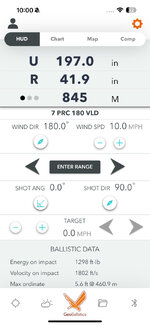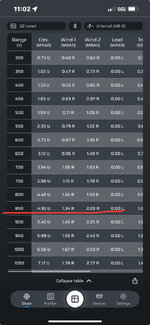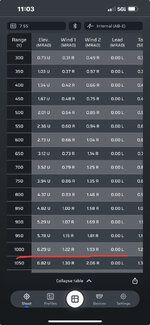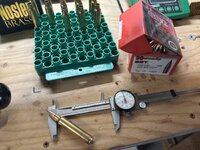Velocity reigns inside 500ish, but BC starts to matter more beyond that.
This is something that tripped me up when I first came across the small caliber debate here, when I saw people "bashing" traditional larger cartridges, or some of the newer hotrods like 6.8 Western. I've long known things like .220 Swift and .22-250 were deer slayers, and was fine with that, but it didn't invalidate the good ol' 30-06, either.
When I looked at actual data though, out to about 400 yards none of the cartridges had any notable advantages in drop, velocity, wind drift, etc.
Out to about 300-350 yds, virtually any centerfire allows you to just "hold hair" with any other Fudd.
For all intents and purposes, differences in cartridge ballistics just didn't matter a damn bit short of 400yds - and almost nobody discussing cartridge capabilities was even remotely capable of first-round hits in real-world conditions beyond that. So, just shoot what you like, right?
But I've personally shifted over to smaller cartridges. The biggest part of what won me over to small caliber inside that 400yd window?
Practice.
The undeniable truth is that I often practice by the half-case with .223, and by the box with big guns. And because of that volume difference, I'm just far better with guns chambered in smaller cartridges. Between cost, shootability, flinch prevention, and a number of other factors, you just get better, faster, and in a wider variety of conditions if you're shooting high volumes in focused practice simulating real-world conditions, as often as possible.
At this point, I've largely started thinking about magnums the way pilot trainees think about high-performance jets. It's something you build up to after hitting very specific performance benchmarks on smaller platforms, and you don't move up until you've both proven yourself to be exceptionally competent
and have a need for that additional performance.
So yeah, OP, while I come at the debate from this perspective, I'd just repeat what a few others have said in answering your question: the place for magnums is found at the intersection of both need and personal capability. And under 500yds or so just isn't it.





